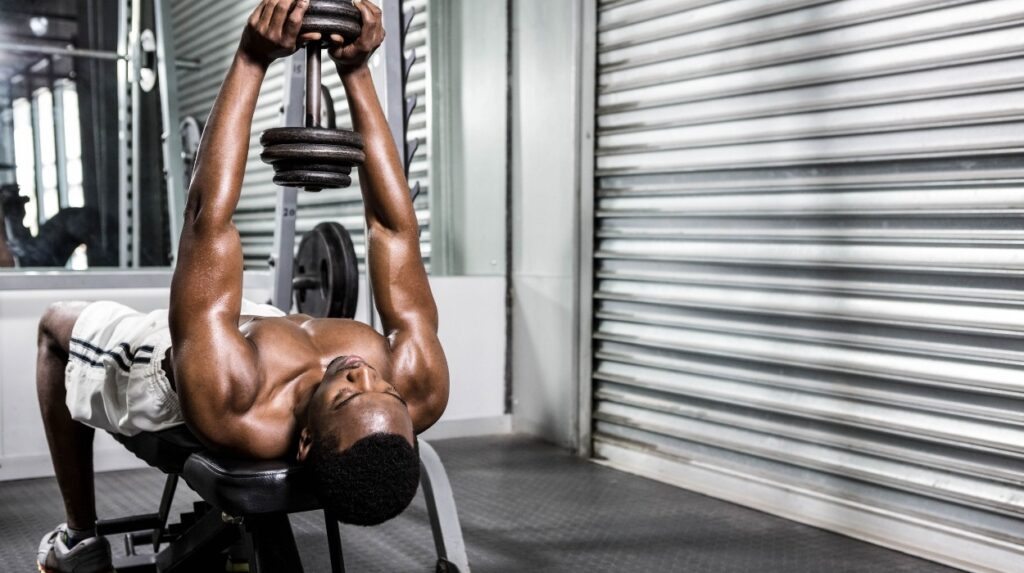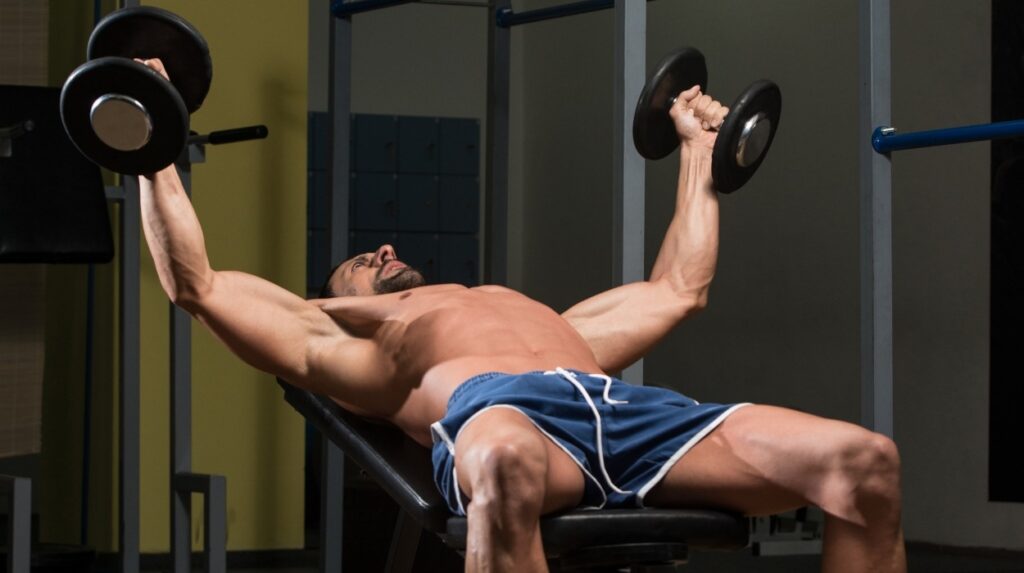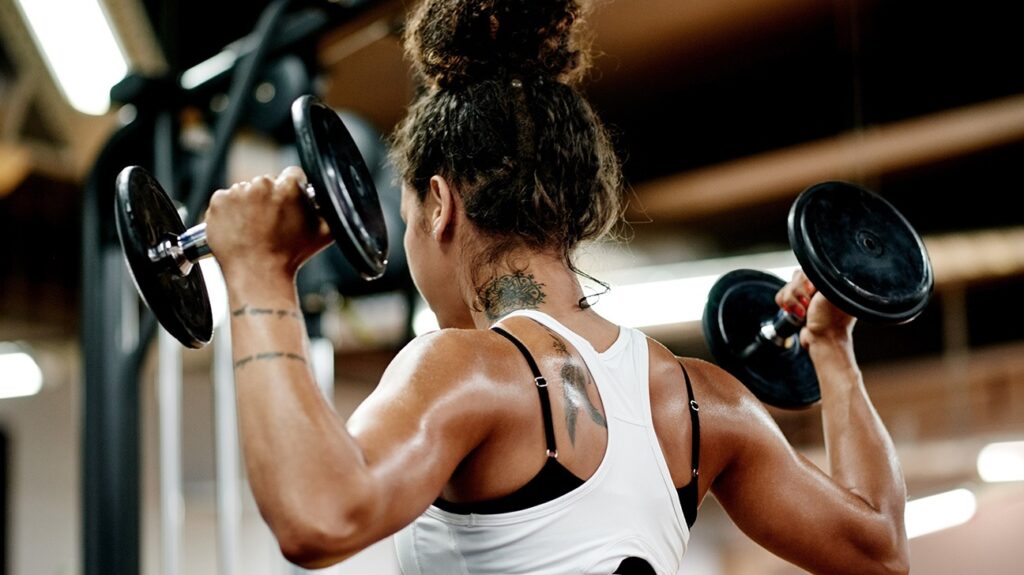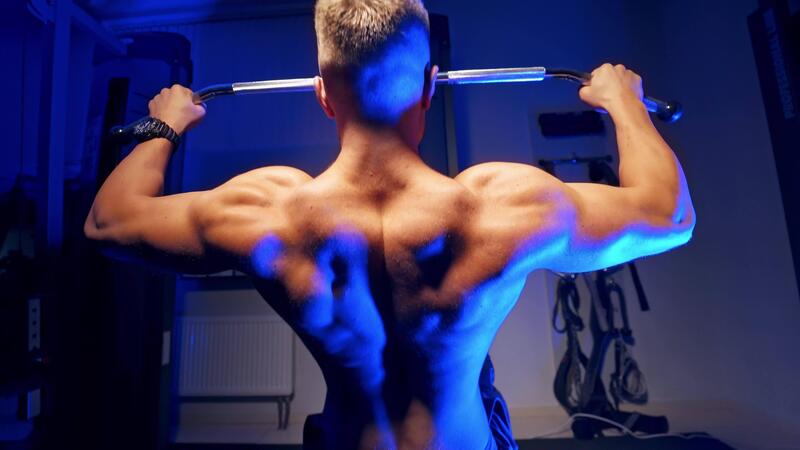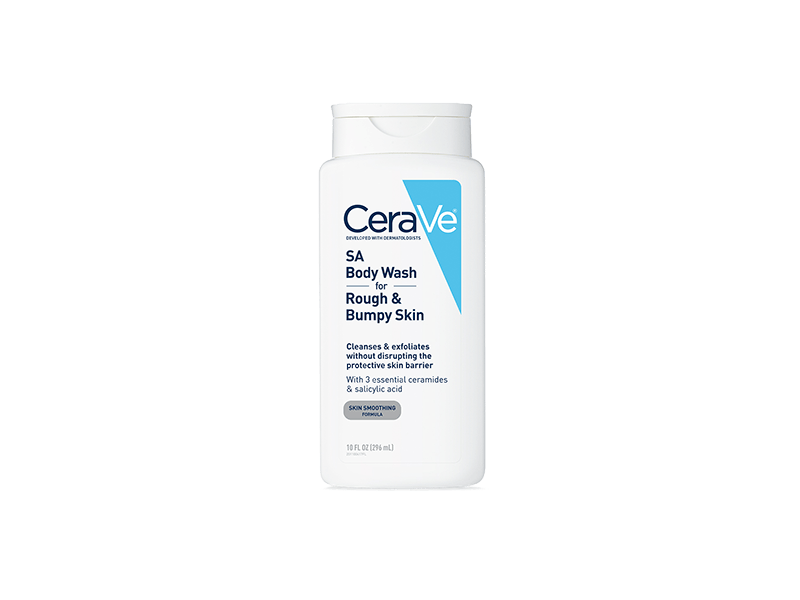Chest Dumbbell Workout – The chest is one of the most sought-after muscle groups for both aesthetic appeal and upper body strength.
A well-developed chest not only adds definition and shape to your torso, but it also plays a vital role in pushing strength, posture, and athletic performance. And when it comes to building your chest, you don’t need a full gym—dumbbells can deliver powerful results on their own.
A chest dumbbell workout offers unique benefits over barbells or machines. Dumbbells allow for a greater range of motion, promote balanced muscle development, and engage stabilizer muscles more intensely.
Whether you’re training at home, in a minimalist gym, or simply want to switch things up, this guide will walk you through everything you need to know.
Why Use Dumbbells for Chest Training?
1. Increased Range of Motion
With dumbbells, your arms move independently, allowing your elbows to drop lower and your chest muscles to stretch more fully during exercises like the bench press or fly. This deeper stretch activates more muscle fibers, which can enhance both growth and flexibility.
2. Improved Muscle Symmetry
Barbells and machines sometimes allow your dominant side to compensate for your weaker side. Dumbbells force each side of your body to do equal work, helping correct muscular imbalances over time.
3. Engagement of Stabilizer Muscles
Because each dumbbell moves independently, your stabilizing muscles—particularly in the shoulders and core—must work harder to control and balance the weight. This makes dumbbell training more functional and applicable to real-world movements.
Anatomy of the Chest Muscles
To structure an effective dumbbell workout, it helps to understand the anatomy of your chest:
- Pectoralis Major (Upper, Middle, Lower): This is the large, fan-shaped muscle that gives the chest its size and shape.
- Pectoralis Minor: Located beneath the pec major, this smaller muscle assists with movement and stabilization.
- Serratus Anterior: Not technically part of the chest, but involved in movements that expand the rib cage and stabilize the shoulder blades.
By targeting all regions of the pectoral muscles through different angles and motions, you’ll develop a more complete and defined chest.
Best Chest Dumbbell Exercises
Below are the essential exercises to incorporate into your chest dumbbell workout, each with its unique benefits.
1. Flat Dumbbell Bench Press
Target: Middle chest
How to: Lie flat on a bench, dumbbells in each hand. Press the weights up until arms are fully extended, then lower slowly.
Tip: Keep your elbows at about a 45-degree angle to your torso to protect the shoulders.
2. Incline Dumbbell Bench Press
Target: Upper chest
How to: Set a bench at a 30–45 degree incline. Press dumbbells upward and slightly toward each other at the top.
Tip: Don’t raise the bench too high, or it’ll shift emphasis to your shoulders.
3. Decline Dumbbell Bench Press
Target: Lower chest
How to: Lie on a decline bench with your feet secured. Press dumbbells upward, focusing on a controlled descent.
Tip: This angle helps develop the lower part of the chest for a more rounded look.
4. Dumbbell Chest Fly (Flat, Incline, or Decline)
Target: Inner chest and muscle stretch
How to: With arms slightly bent, lower dumbbells out wide in an arc, then bring them together over your chest.
Tip: Avoid letting the weights drop too low. Keep tension on the pecs and avoid locking elbows.
5. Dumbbell Pullover
Target: Chest and serratus anterior
How to: Lie on a flat bench, hold one dumbbell with both hands over your chest. Lower it behind your head, then pull it back over.
Tip: Keep arms extended but not locked. Great for expanding the chest and rib cage.
6. Standing Dumbbell Press (for burnout)
Target: Full upper body with chest emphasis
How to: Press dumbbells upward from shoulder height, keeping tension in the upper chest.
Tip: This can double as a shoulder and upper chest finisher in higher reps.
Sample Chest Dumbbell Workout Routine
You don’t need 15 exercises to get a great chest workout—just a smart mix of angles, reps, and intensity. Here’s a sample routine you can do with a flat bench and two dumbbells.
Warm-Up (5 minutes)
- Arm circles
- Shoulder rolls
- Light push-ups or chest openers
- 1 set of light dumbbell presses (15–20 reps)
Workout (3–4 sets each, rest 60–90 seconds between sets)
- Incline Dumbbell Press – 10–12 reps
- Flat Dumbbell Press – 10–12 reps
- Flat Dumbbell Fly – 12–15 reps
- Decline Dumbbell Press – 8–10 reps
- Dumbbell Pullover – 12–15 reps
- Standing Press or Floor Press (burnout) – 15–20 reps
Optional Finisher
- 2 sets of push-ups to failure
- Isometric chest hold with light dumbbells for 20 seconds
Progressive Overload: Key to Growth
To see continuous improvement in your chest development, apply progressive overload:
- Gradually increase the weight of the dumbbells.
- Add more reps or sets over time.
- Slow down the tempo for more time under tension.
- Reduce rest time for added intensity.
Training Frequency
For optimal results:
- Train chest 1–2 times per week, depending on your split.
- Allow 48 hours between sessions targeting the same muscle group for proper recovery.
- Combine with shoulder and triceps work for full upper-body strength.
Tips for Better Results
1. Form Over Ego: Use a weight that allows full control and proper range of motion.
2. Mind-Muscle Connection: Focus on feeling the chest contract, especially during the press and fly movements.
3. Control the Eccentric (Lowering) Phase: This is where the muscle-building magic happens. Don’t rush it.
4. Don’t Forget Recovery: Sleep, nutrition, and rest are just as important as the workout itself.
Chest Dumbbell Workout at Home (No Bench Version)
Don’t have a bench? No problem. You can still build your chest with dumbbells.
- Dumbbell Floor Press – Great for safe pressing without a bench.
- Standing Chest Fly (with light dumbbells) – Focus on the squeeze.
- Dumbbell Push-Ups – Hands on dumbbells for deeper range.
- Pullover on Floor – Limited range but still effective.
Final Thoughts
Dumbbells are an incredibly effective and versatile tool for chest training. Whether you’re working out at home or in the gym, they offer freedom of movement, muscle balance, and enhanced range—all while being easy on the joints when used properly.
With the right mix of angles, intensity, and consistency, your chest dumbbell workout can sculpt a powerful, well-defined upper body without the need for machines or barbells.
Stick with it, push your limits progressively, and watch your chest grow stronger and more impressive with each session.

